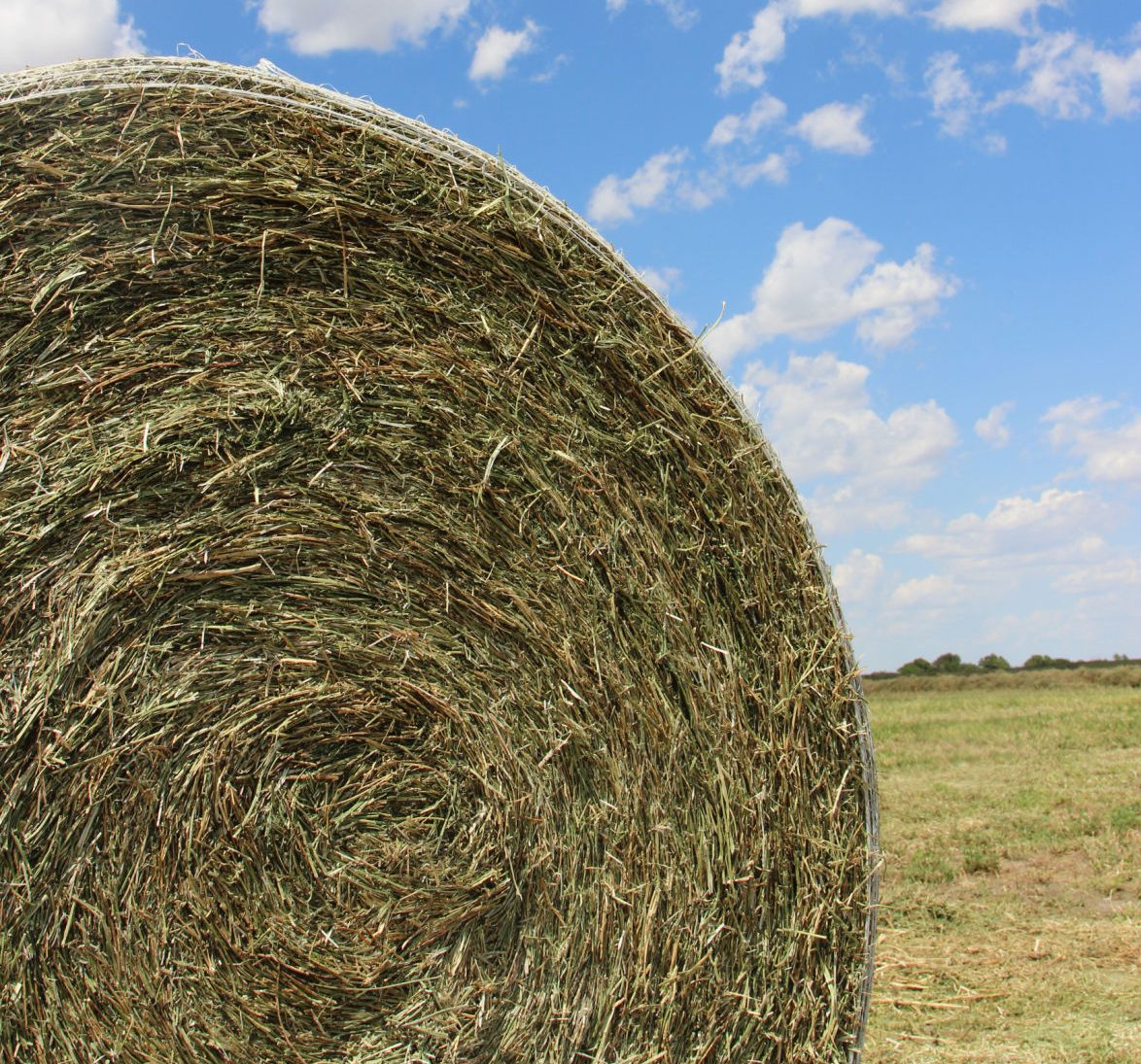State-By-State Hay Summary

Colorado—In the Jan. 8 report, compared to last report, trade activity and demand light. No trend available as the last report was 3 weeks ago. Growers are seeing an increase in price inquiries since the Christmas holiday week.
Missouri—In the Jan. 9 report, compared to last report, hay prices are unevenly steady to weak. The supply of hay is moderate to heavy with no shortage of hay for sale anywhere in the state, and demand is light to moderate. Winter arrived in full force this week with snow and ice across the state. If there was one positive a week of temperatures below freezing cures most of the mud issues around. Another round of snow is expected to impact the south late this week which will continue to cause difficulty for any hay movement.
Nebraska—In the Jan. 9 report, compared to last report three weeks ago, hay prices sold steady. Demand remains mostly light. Best demand is for hay going out of state, especially getting transported east of Nebraska. Many hay producers thought colder temperatures and or snow would spike the hay market higher. There’s some of both and nothing has changed. Drought going into the next growing season is on many minds. That could potentially happen with the current weather pattern. So, maybe an upward trend and good forage movement will transpire this spring before new crop hay comes along. But in reality, there really isn’t enough mouths to consume the tonnage of forage sitting around in a timely manner.
Oklahoma—In the Jan. 3 report, compared to the last report, demand for hay remains light, and prices remain steady. Trade was down from the previous report due to holidays. More cold winter air is forecast to move in over the next couple of weeks. The availability of Oklahoma hay remains high as most hay producers still have barns full of hay. Next report will be released Jan. 17.
Texas—In the Jan. 10 report, compared to last report, hay prices are mostly steady across all regions. Hay movement and demand have picked up. Cold weather has moved across the majority of the state. Portions of the west, Panhandle, and northern regions received moderate to heavy snow fall. While the south and east received some much needed rain. Cooler temperatures have increased movement on hay in the form of deliveries from previously contracted hay. In the south, there is still a lot of hay on the market but higher quality hay is getting scarce. In the Panhandle, producers have been turning cattle out on winter wheat. Next report will be released Jan. 24.
South Dakota—In the Jan. 10 report, compared to last report, there’s been very little moisture in all areas. Winter wheat condition rated 12% very poor, 18% poor, 48% fair, 22% good, and 0% excellent.
New Mexico—As of the Nov. 22, 2024 report, the hay season was complete. No more reports will be issued until spring 2025.
Wyoming—In the Jan. 8 report, compared to the last report, movement and demand has been slow the past couple weeks all over Wyoming. Drought conditions are persisting, with lower than normal precipitation. Temperatures have been above normal for this time of year.
Montana—In the Jan. 10 report, compared to last report, hay sold generally steady. Hay movement remains slow. Colder weather has increased some interest for hay, however many new sales are on an as need basis and very little volume is being moved. Much of the state has seen some snowfall since the last report in December with wide ranges for snowfall totals. Ranchers have been slow to use up hay as much of the fall was warm and open. Many ranchers still have large supplies of hay on hand and are showing light demand for hay as a result. Some ranchers have yet to use up 2023 hay stocks and many producers continue to sell 2023 old crop hay due to large carryover quantities, especially in central Montana.



